A Spiritual and Ecclesiastic Crisis? |
|||||||
| a_spiritual_and_ecclesiastic_crisis.pdf | |
| File Size: | 188 kb |
| File Type: | |
Orthodox faithful (Clergy and laity) have been confronted with questions not only about the virus but also with certain “practices” in our local parishes. As there has been plenty of theological, historical, and sentimental bluster by professors, hierarchs, theologians, and concerned laymen and women, even individual monks and nuns have forgone dignified obedience and offered their two cents. Let us look at the reality on the ground. What is this “tradition” some are defending? Let us take an honest look at some of the interpretations from this sinner’s point of view.
No-one doubts the immaculate mysteries or the possibility of it conveying sickness. It cannot!
On the other hand the communal red communion napkin, Yiayia clearing phlegm two pews behind me, baby Niphon hacking up and down the communion aisle, being 87th kissing the priest’s hand, passing the donation basket… well, let’s take a moment and review our ecclesial environment. Already there are those Orthodox puritans who will demean me for even speaking of these natural everyday experiences in the sacred church building. I get it. Those Taliban tactics however have no place in legitimate dialogue, especially when it is of such importance.
Internationally since January of 2020 pastoral norms have been abruptly altered, theological discourses from well-intentioned professors causing wider controversies, and ordinary faithful with legitimate concerns and even doubts on the status quo have begun to show fissures in our historical knowledge of “big T, little t” traditions of Orthodoxy and the various cultural differences between jurisdictions.
Orthodox studies departments fomenting controversies, radical convert priests bidding to solidify their “Orthodox” stature, and eminent clergy endeavoring to calm the stirring storm in the blogosphere’s cacophony of our age. There are many who seem to be naively or deliberately muddying the waters. Conflating the Holy of Holies (The Eucharist) with the method of its distribution, namely the communal communion spoon.
When did the Common Cup become the Common Spoon? The misnomer, single use or common communal communion spoon is defended with much vigor, creativity, and sincere faith. However, it is a myopic misnomer none the less as you will see.
What is the “Common Cup?” The common cup (κοινό ποτήρι) is the shared Eucharist (εὐχαριστία), one chalice for all eternity. “Holy Communion is the holiest of the holy we have as a Church and as people, the greatest medicine of soul and body. This is both the teaching and experience of our Church.”[i] All ranks of faithful Orthodox clergy and laity approach and receive the same Eucharist. Whether first or last in line; in Chicago, Athens, Nairobi, or Sydney… we commune the One Precious Body and Blood of Christ. Any given day thousands of liturgies are being served around the world and in heaven...
“I believe that this is truly Thine own most pure Body, and that this is truly Thine own most precious Blood. Therefore, I pray Thee: Have mercy upon me and forgive me my transgressions.”[ii]
Each portion of this ONE COMMON CUP is distributed via one of a thousand chalices and spoons.
“The method by which Communion is administered is purely functional.”[iii] Hierarchs commune without the spoon. Priests and deacons do not receive from a spoon. Yet now, the communal communion spoon seems to be defended as dogmatic for distribution to the faithful. The Divine Eucharist unifies time (χρόνος, ώρα, and Καιρός) history, and an eternal liturgy with a singular sacrifice.
From a provincial viewpoint, multiple spoons are already in use at large parishes and on festal celebrations when more than a single priest is communing larger crowds... When I am sick or hospitalized, I am communed by a single use (dosage) spoon. So already many examples for use of a single spoon (one per communicant, per parish, or per communion aisle) is permissible.
What is this Spoon? The spoon is in actuality universally called the “λαβίδα” (tongs). It is symbolically attributed to the text from the Prophet Isaiah 6:6 “Then one of the seraphim flew to me, having in his hand a burning coal that he had taken with tongs from the altar.” And during the Divine Liturgy the Communion prayer says “Tremble, O man, as you behold the divine Blood. It is a burning coal that sears the unworthy.” Other old testament references to the tongs include:
Exodus 25:38 Its tongs… must be of pure gold.
2 Chron 4:21 …the lamps, and the tongs, made he of gold, of that perfect gold
And yet we do not hold to “that perfect pure gold” but prefer for expedience an electroplated mass-produced version of this “indispensable” obligatory and distinct solo-spoon. Essentially the discussion rightly should be about tongs, though even tongs were never a pivotal utensil beyond the lighting of the coal for the censor.
Nor did the spoon play a role at the Last Supper with Jesus and His apostles: “Do this in remembrance of Me” had nothing to do with a spoon. This assertion is ridiculously inconsistent with the essence of communion. In fact, “Spoon” is only mentioned in the Book of Numbers and always about incense. Ironically no reference to spoon is ever mentioned in the holy services or prayers of the divine liturgy. Even in the Proskomide the spoon is the only utensil not mentioned during the prayers.
All spoons are “single use” in the Orthodox church, they have no other function. In the 12th century Archon Nomofylax and eventual Patriarch of Antioch Theodore Balsamon “complained that the traditional way of distributing Communion was being abandoned in some areas” for the common spoon as Fr. Alkiviadis C. Calivas points out in his terrific article A note on the common Communion Spoon.
The preeminent Robert B. Taft’s extraordinary piece Byzantine Communion Spoons a Review of the Evidence says: “there is no early evidence for the use of such spoons in the reception or administration of communion.”
A powerful testimonial however by Fr. Panayiotis Papageorgiou challenges the realities stated above:
“The Chalice and Spoon of Holy Communion are also changed as they come into contact with Christ’s Body and Blood. They are transformed to a different mode of existence; they are sanctified. Their nature is not changed, but, rather, in the same way as a blade becomes fire when thrown into the fire . . . the Chalice and the Spoon are also changed and sanctified. Their mode of existence is altered so that they may transfer life to us, just as his garment heals the flow of blood in the woman when she touches it, just as the sea is calmed by the touch of Christ for the safety of the disciples, just as the daughter of Jairus and the son of the widow are brought back to life by the touch of Christ.”
In fact, with respect; to the woman with an issue of blood, Jesus says “Daughter, your faith has healed you.”[iv] My Orthodox faith teaches me that which will “transfer life to us” is the divine eucharist not the sanctified spoon (λαβίδα).
The Gospel teachings seem clear, it was by Christ’s spoken command that miracles were performed not merely by his presence. To the daughter of Jairus Jesus says "Little girl, I say to you, get up!" and to the widow’s son Jesus says, “Young man, I say to thee, arise!” And he who was dead, sat up and began to talk, and Jesus gave him back to his mother. The Gospel of Mark states that “He rebuked the wind, and said to the sea, Peace! Be still. Then the wind ceased, and there was a dead calm.” If Jesus must ask these firsthand miracle witnesses, the Apostles "Why are you afraid? Have you still no faith?"[v] am I not allowed to doubt spectacular theological theories or even the possibility of a spoon transferring germs without becoming outcasted or belittled?
And yet with the professed change in mode of existence I have had the occasion of receiving communion from the spoon which was loaded with lipstick from the communicant before me. Are we to extrapolate on this theological assertion the lipstick’s “mode of existence” has altered? The germ laden lipstick contains microbes which are also then sanctified? So, a sanctified virus will not make me ill? Are sinners not sanctified? How long does this sanctification causing “different mode of existence” last?
An even more powerful argument of historical relevance is the position that all priests (or deacons) consume the remaining communion at the end of liturgy and no reported case has ever been transmitted in 2000 years of Orthodox Tradition. At the end of liturgies after the dismissal and distribution of antidoron the priest or deacon consumes the remaining communion, with a series of prayers beginning with:
The Admonitory Verses
And when you obtain the blessed Communion,
of the life-creating mystical Gifts,
straightway give praise and great thanks,
and fervently from your soul say to God,
Glory to You, O God; glory to You,
Even here, the spoon is used for convenience and the breaking into portions the remaining communion to facilitate consumption. Before divesting and along with numerous prayers he cleans all chalices and spoons in a vigorous way. Then a sea sponge (which has antibacterial properties of its own) is placed in the chalice and neatly stored with dignity until the next Liturgy.
The red communion “napkins” are washed with equal vigor and dignity. In fact, the red communion napkin is not actually a napkin but more akin to a bib which prevents the Holy Gifts from falling on the floor due to errors, either by the priest or communicants.
Spoon Shaming Running Rapid
Of greater concern to the method of distribution of communion which seems to me a distraction, is the seizing upon the moment of those reprehensible pseudo-righteous individuals as they heave allegations, accusations, and conspiracy theories. Originating from sources of anonymity or under the guise of “concerned parishioners.” Irreverently alluding others are not concerned or conscious of holy tradition.
Many serious-minded reservations opinions about liturgical innovations have been and continue to be shared. But to what degree is usage of multiple spoons an innovation. Where is the crime against the faith? Certainly, there is no dogmatic challenge.
Weak leaders pander to the fringes. A new condescending trend has begun to appear by theologically patronizing, religious condescension, a pseudo-piety among certain faithful and so-called journalists. A sense of greater knowledge by schism seekers drives some voices. Always looking for conflict seeking attention as wardens of faith and tradition these counterproductive personalities, one might say with malicious intent cause more strife than is warranted. Which other “sacred tradition” will they fall on their sword for: the hierarchal sakkos, mitres, organs, pews… a very slippery slope indeed.
The overabundance of negative responses to the Greek Archbishop of America Elpidophoros who directed the use of multiple spoons for distributing Holy Communion are unwarranted and poorly informed. Without conjecture on individual motives, arrogant clergy and supercilious laypersons demean, even denounce those with fears, apprehensions, and even doubts; NOT in the Divine Eucharist, but rather the “imperfect vessels.” Beyond the spoons and red napkins, we the faithful, are imperfect vessels and sinners. We must not forget to “love our neighbor” before ourselves.
A spoon by any other name should not divide us and I am confident the church’s wisdom will sort it all out. As for me, I am not scandalized in the least by the use of multiple spoons (one per communicant) rather than asking worshipers to “tilt their head back so the server can pour the sacrament into the mouth without the spoon touching the mouth” that’s a recipe for disaster. In truth, if it eases the conscience of those with compromised immune systems, the elderly, or even those with doubts an opens the door for more to receive the Light, I say unequivocally use multiple spoons, it cannot diminish the Thanksgiving Feast!
Lord forgive me a sinner,
Archon Elias
“The most serious disease is pride.” -St. Paisios the Athonite
[i] Metropolitan Nicholas Mesogaias
[ii] Liturgical Communion Prayer
[iii] Fr. Alkiviadis C. Calivas
[iv] Mark 5:23 Luke 8
[v] Mark 4:39
Dear Father,
Thank you for this article. Both thought provoking and co.forting. I wonder whether I might be able to talk to yousbout the issue of gluten - which is proving to be a similar stumbling block for my orthodox, convert wife. Ease let me know if this might be a possibility?
Kind regards
Nicolas
Archives
October 2024
August 2024
July 2024
June 2024
May 2024
April 2024
March 2024
February 2024
January 2024
September 2023
August 2023
July 2023
June 2023
May 2023
April 2023
March 2023
February 2023
January 2023
October 2022
January 2022
July 2021
June 2021
May 2021
April 2021
March 2021
February 2021
January 2021
December 2020
November 2020
August 2020
July 2020
June 2020
May 2020
March 2020
February 2020
January 2020
December 2019
November 2019
October 2019
July 2019
June 2019
May 2019
April 2019
March 2019
September 2018
July 2018
March 2018
November 2017
March 2017
December 2016
November 2016
June 2016
October 2015
September 2015
Categories
All
Ecumenical Patriarchate
Moscow
Ηλίας Δαμιανάκης
Άρχων Μαΐστωρ
της Μεγάλης του
Χριστού Εκκλησίας
Author
By the Grace of God Archon Elias Damianakis has ministered in the study of Holy Iconography since 1980. In his biography you can read about Elias' life and on his portfolio page you can see where he has rendered some of his hand painted iconography or visit the photo galleries to see some of his work. There is a complete list of featured articles, awards and testimonials which you can visit, as well as a list of notable achievements here below. Please contact Elias for more information or suggestions for this website, thank you and God Bless.

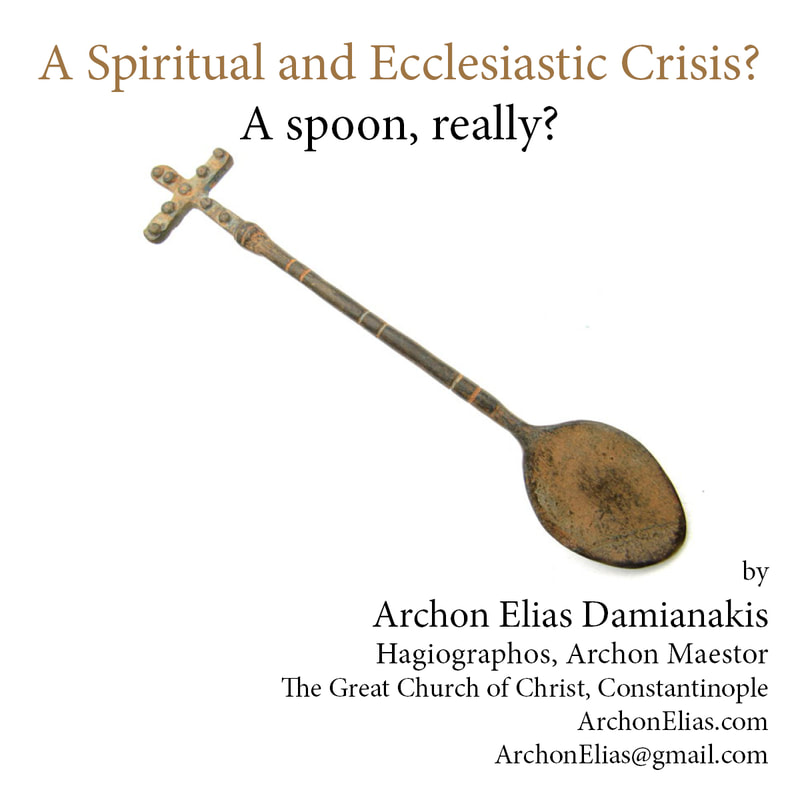

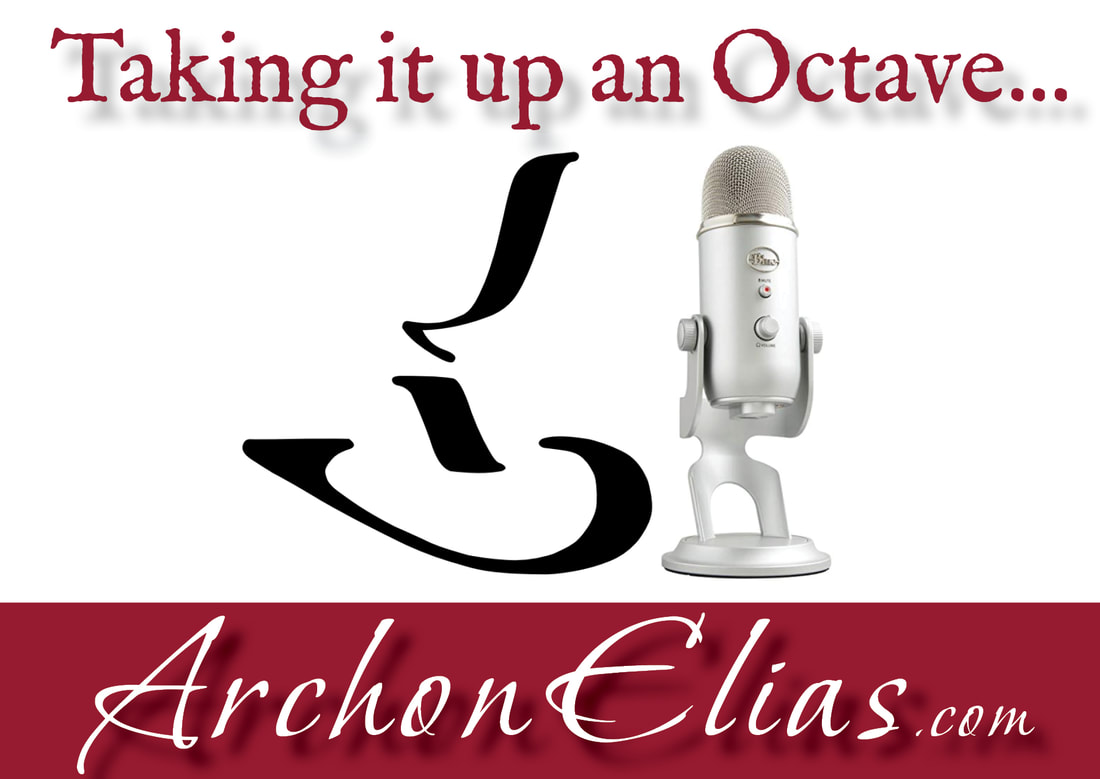
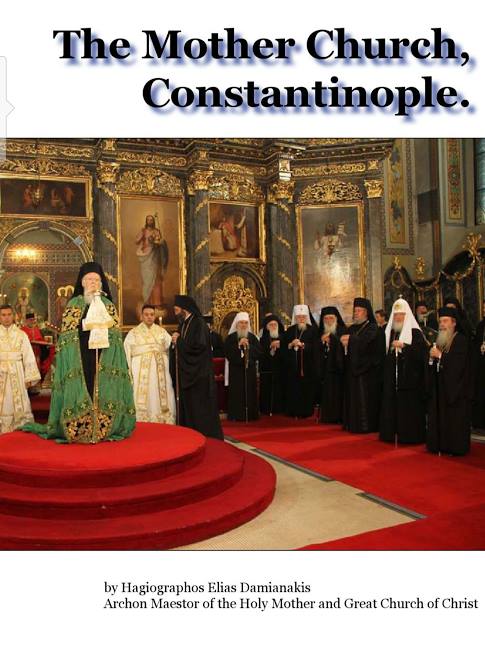
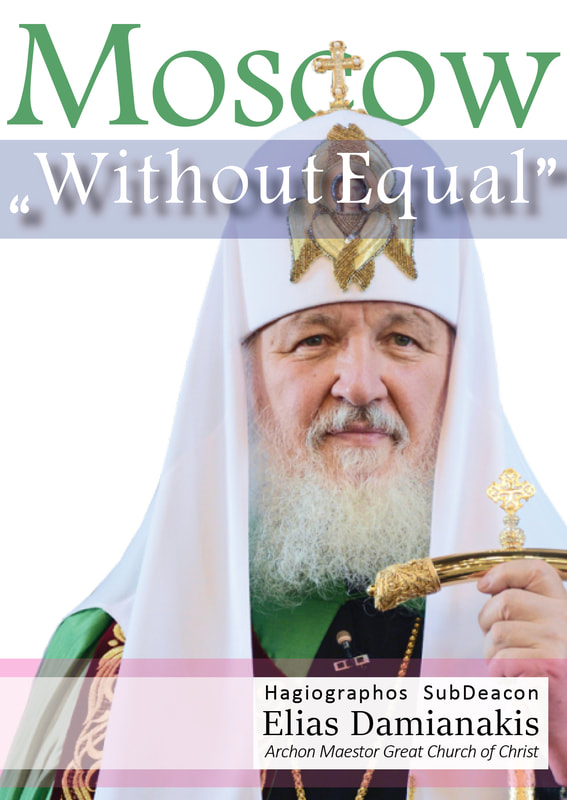
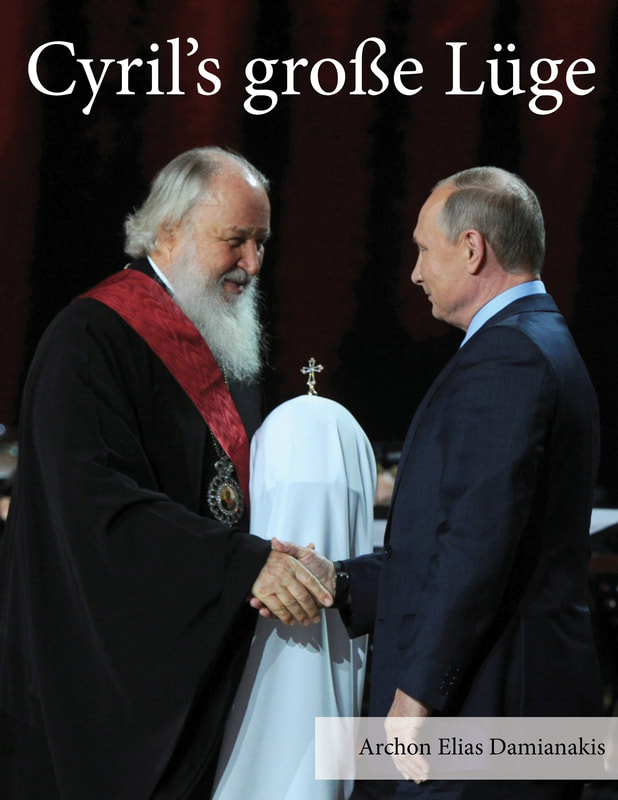
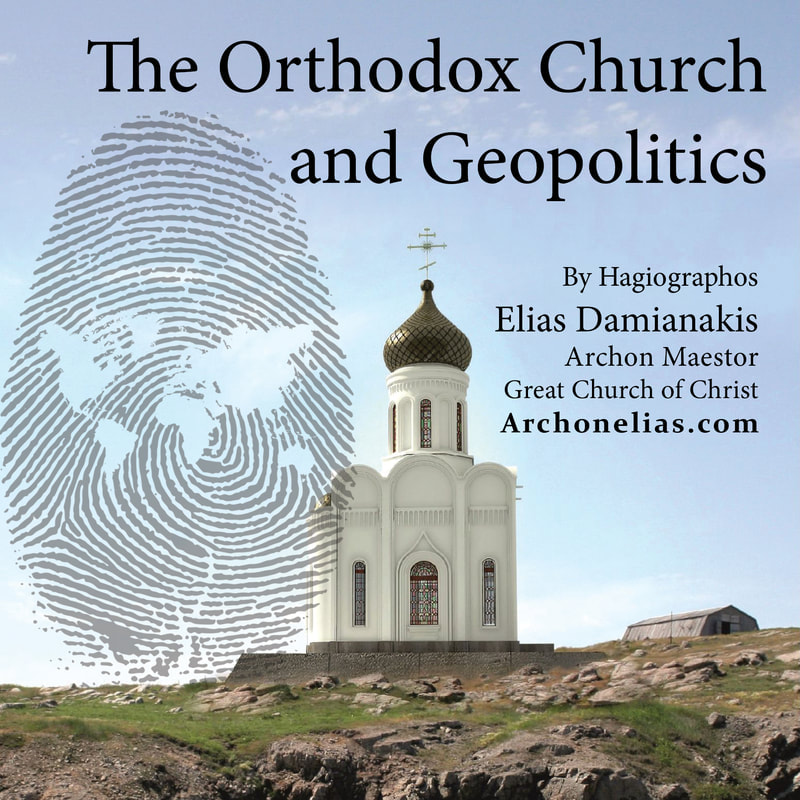
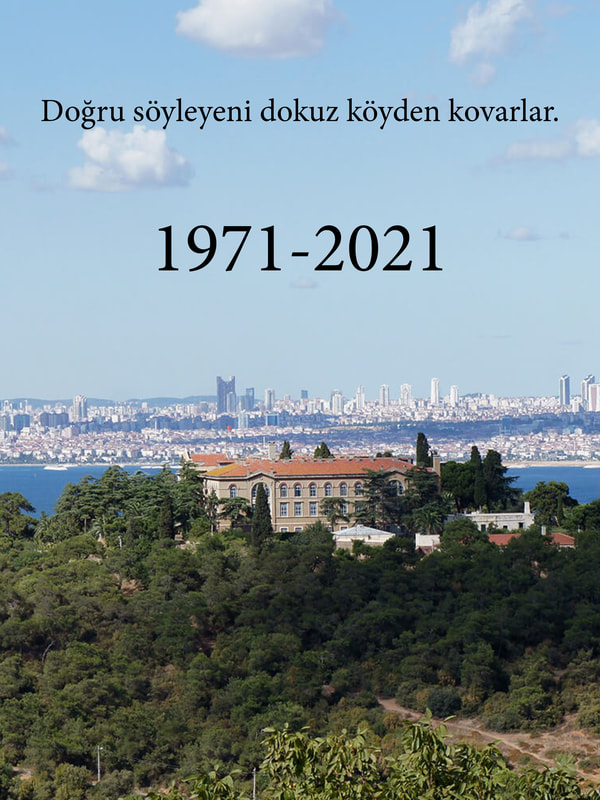
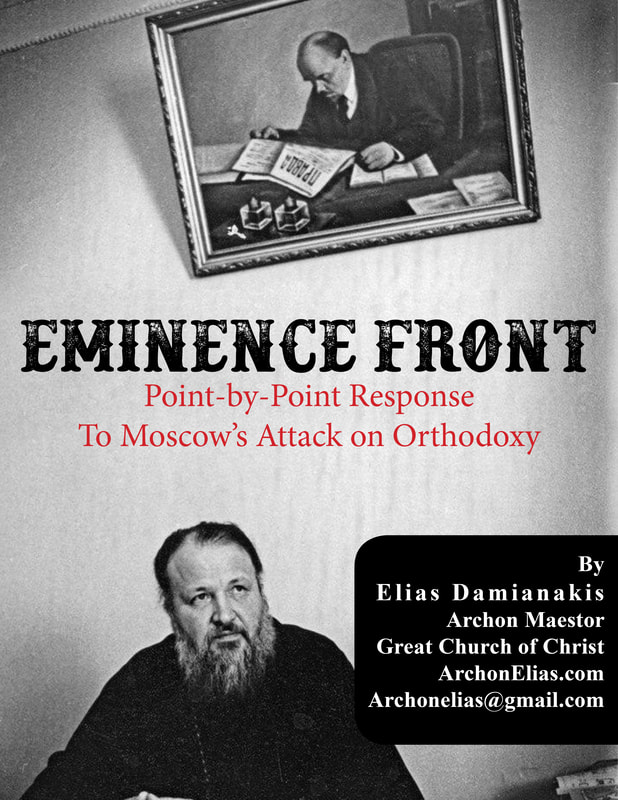
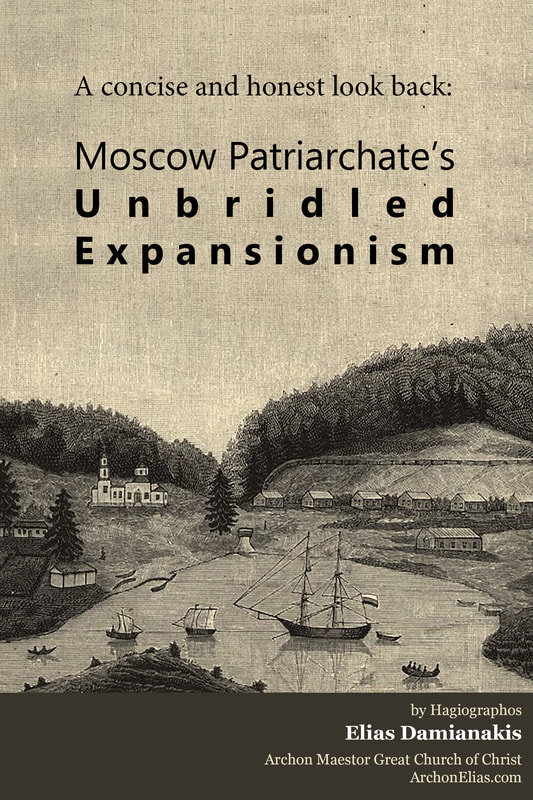
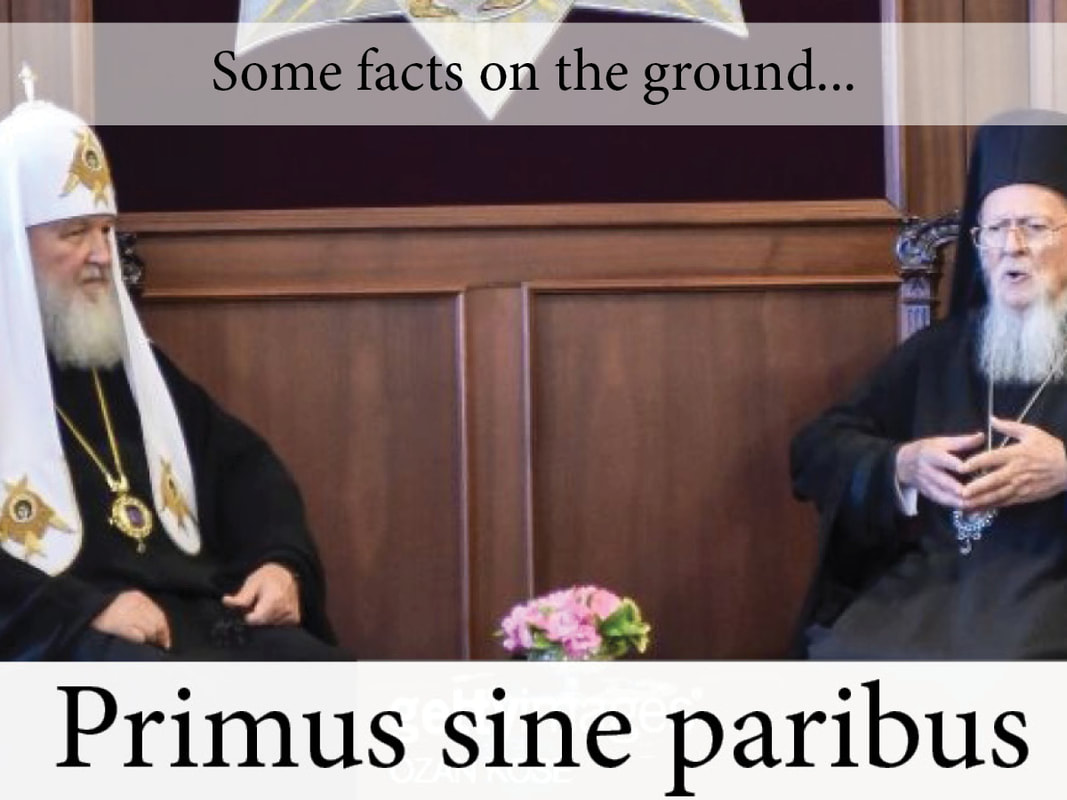
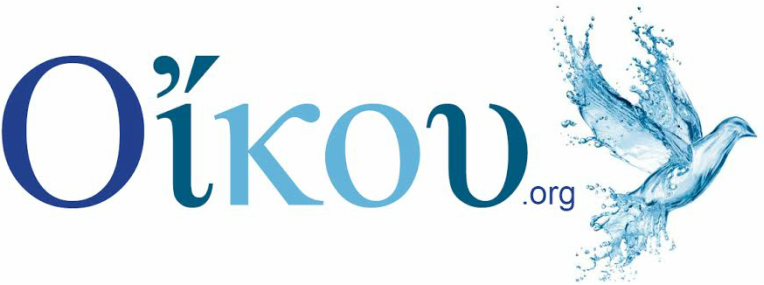
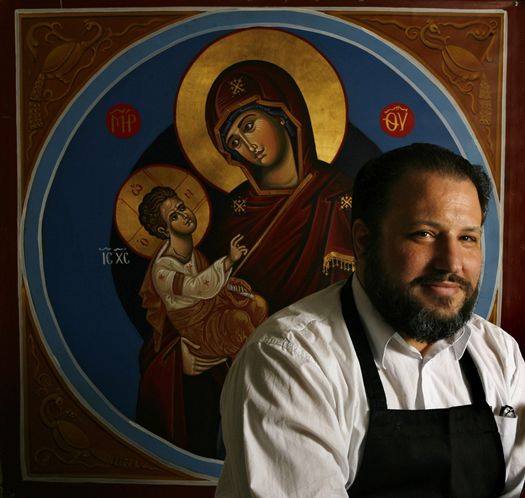
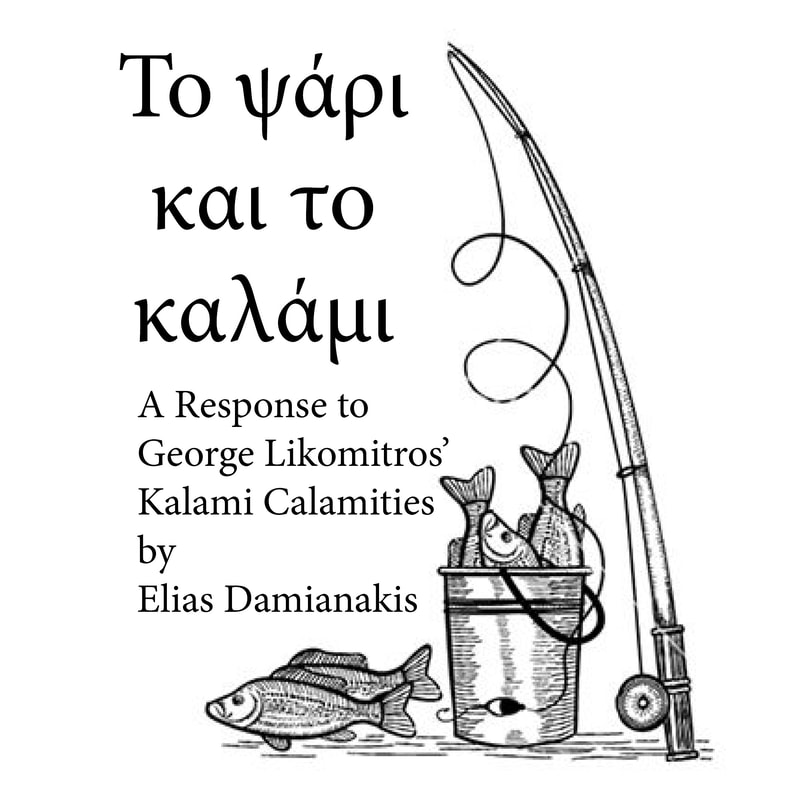
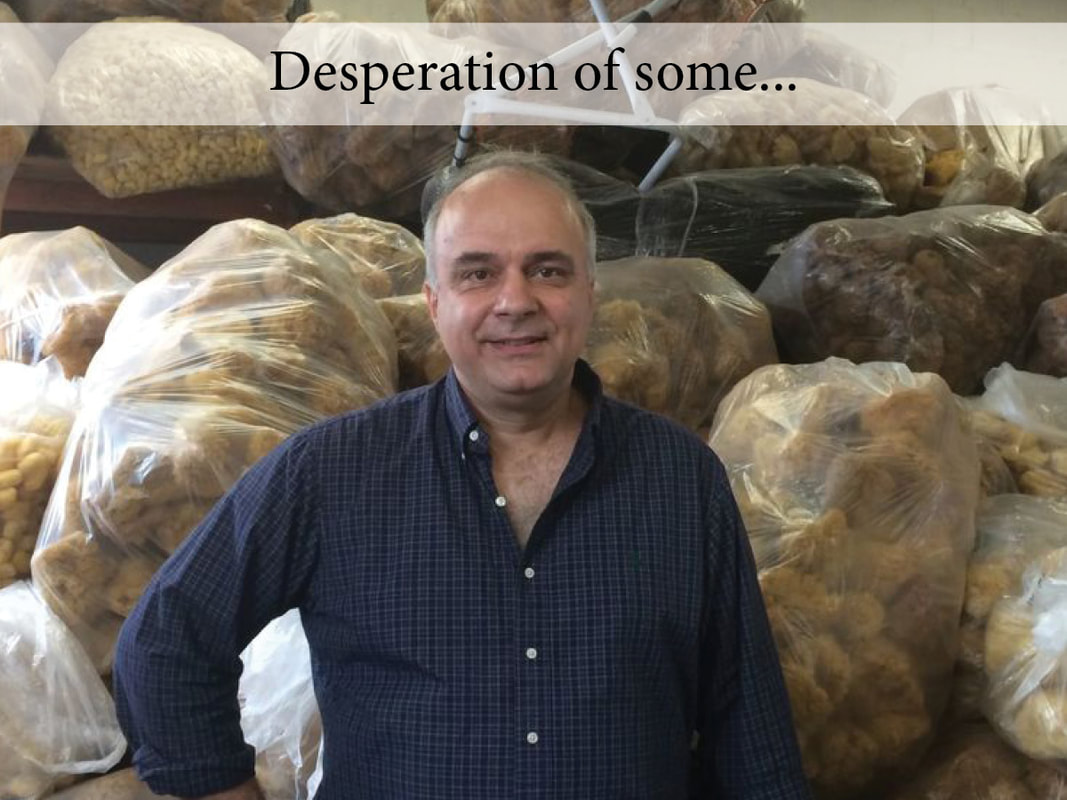
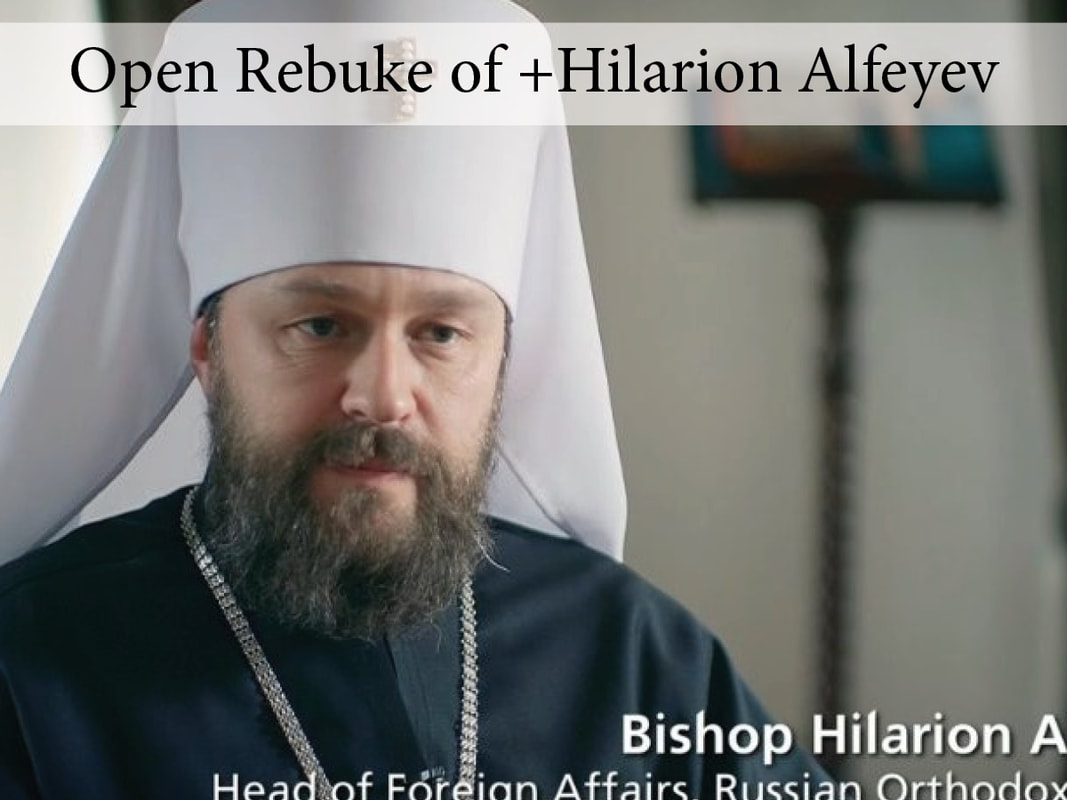
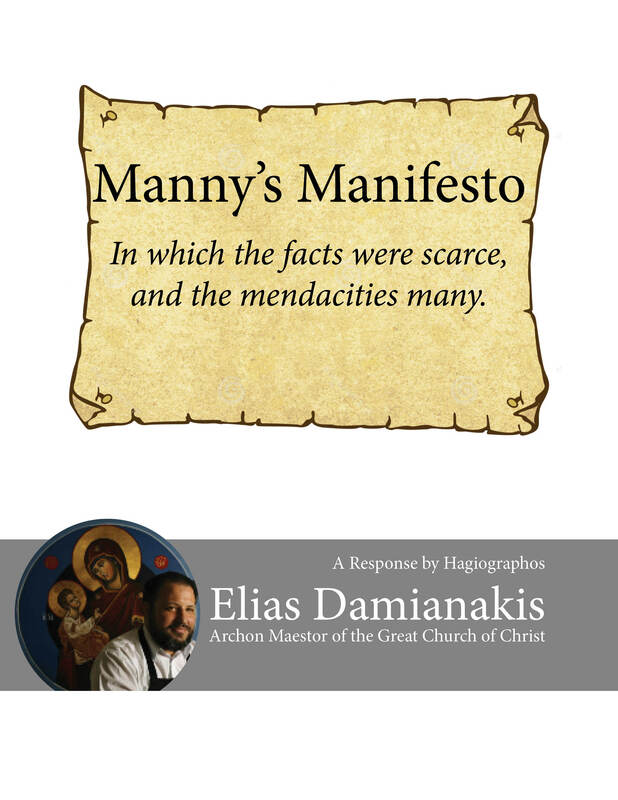
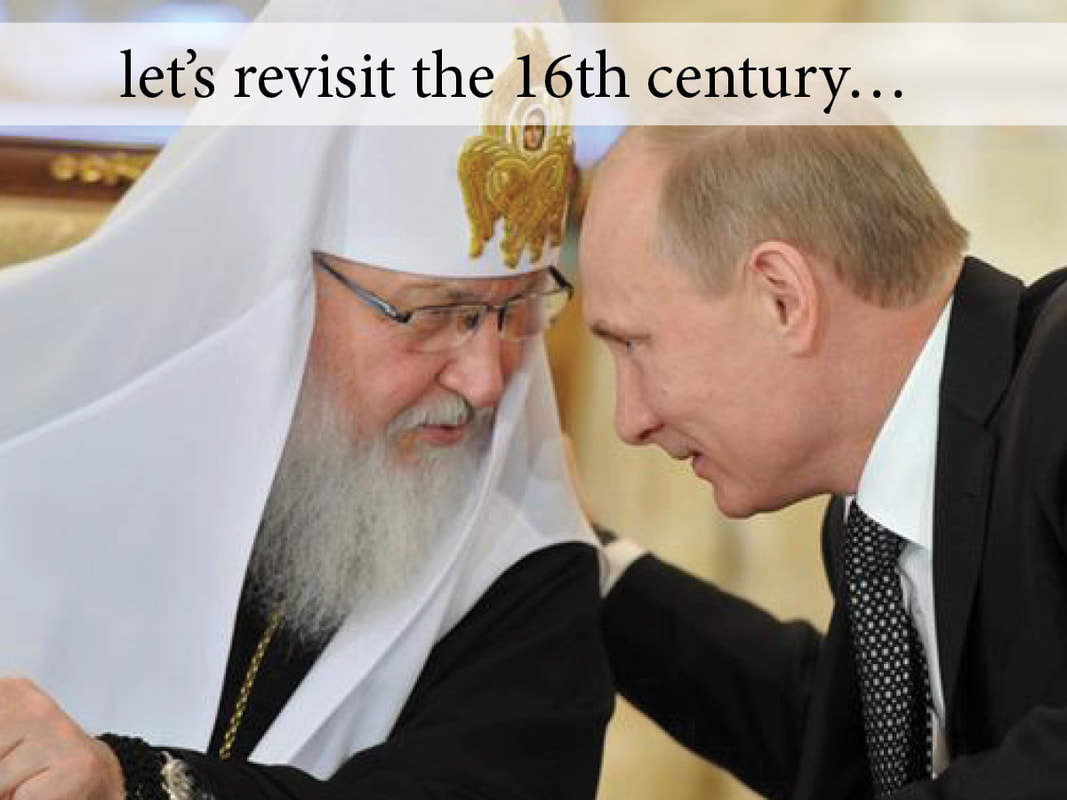
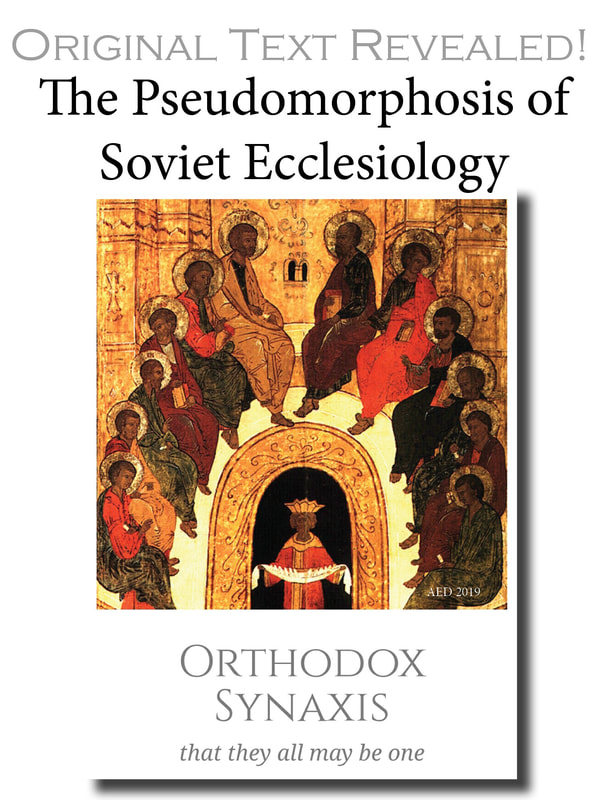
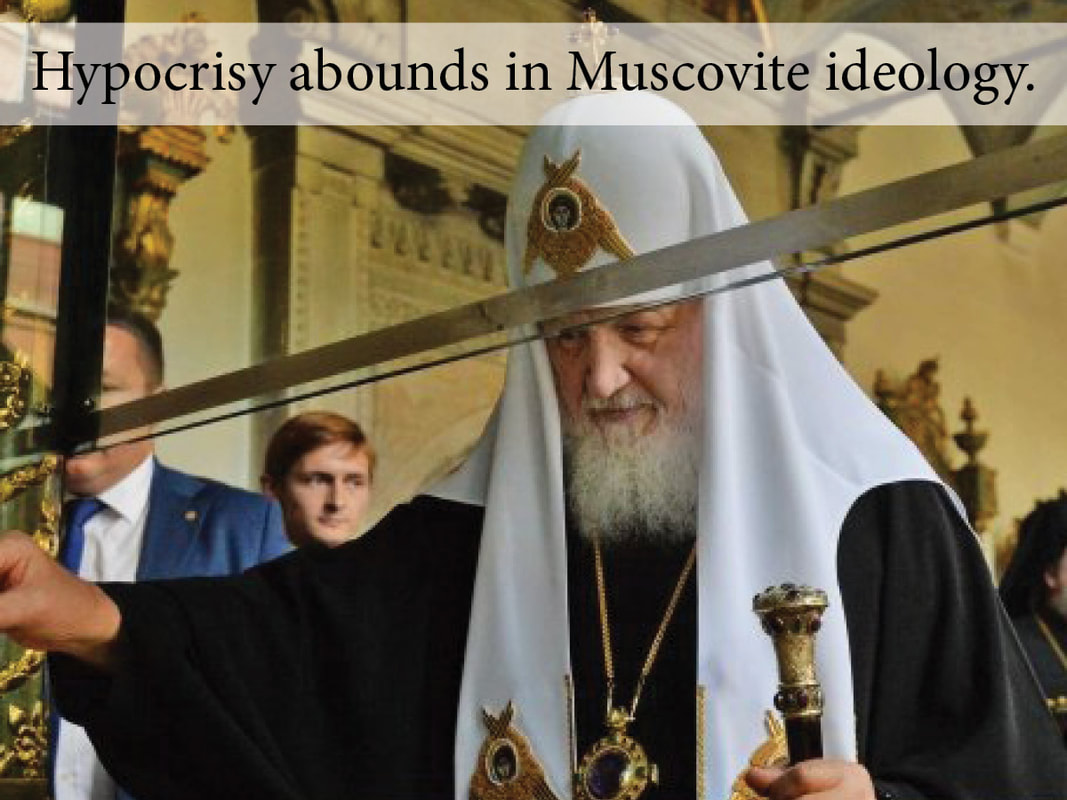

 RSS Feed
RSS Feed

